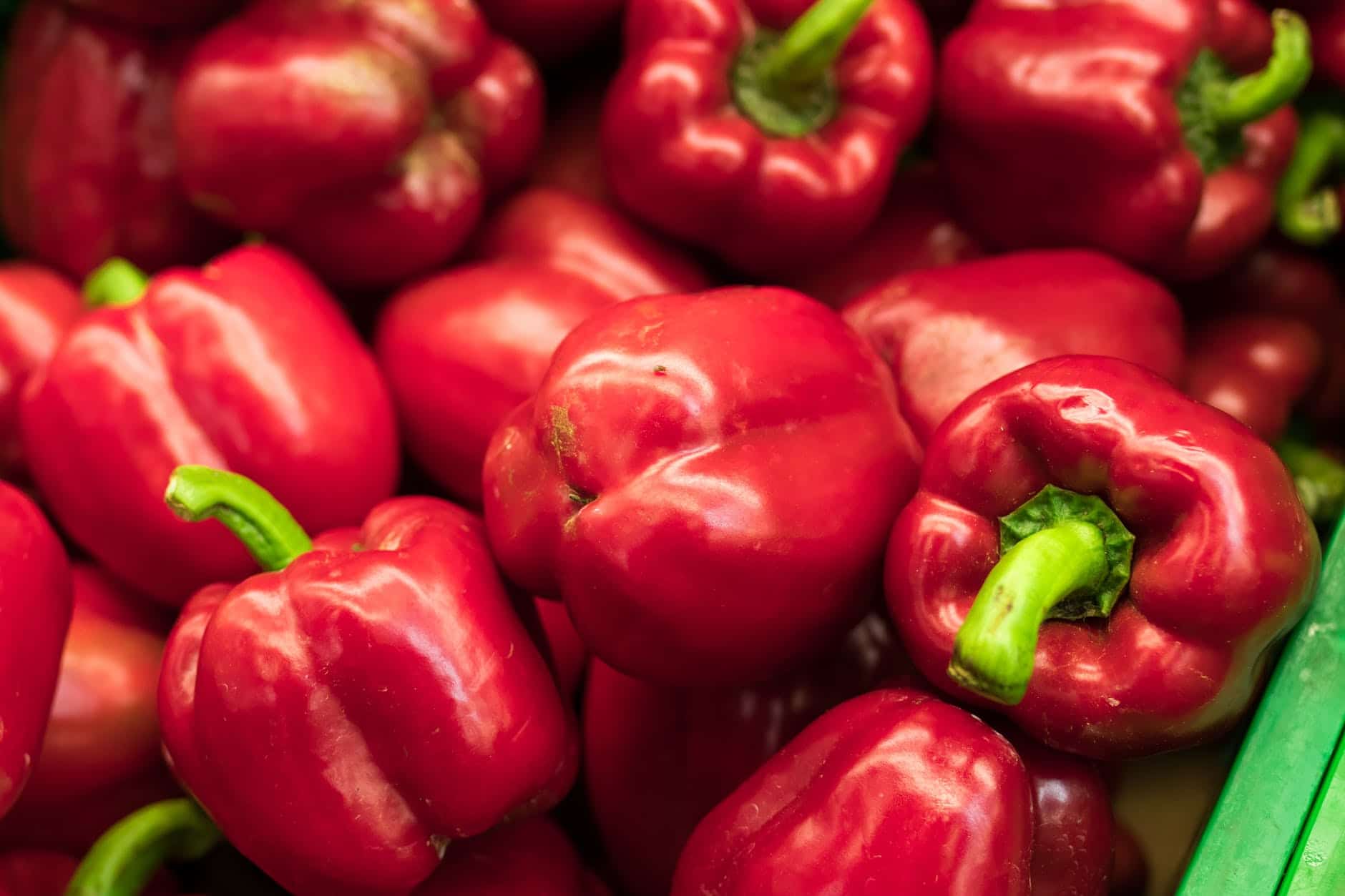

Articles
How To Store Peppers To Last Longer
Modified: February 25, 2024
Learn the best methods for storing peppers to extend their freshness and shelf life. Read our informative articles on how to store peppers to last longer.
(Many of the links in this article redirect to a specific reviewed product. Your purchase of these products through affiliate links helps to generate commission for Storables.com, at no extra cost. Learn more)
Introduction
Peppers are a versatile and flavorful ingredient that add a burst of color and taste to a variety of dishes. Whether you prefer sweet bell peppers, spicy jalapenos, or mild banana peppers, properly storing them is essential to ensure their freshness and extend their shelf life. By adopting the right storage methods, you can enjoy the flavor and nutritional benefits of peppers for a longer period of time.
Improper storage can result in peppers losing their firmness, vibrant color, and taste. They can become mushy, wilted, or develop mold, rendering them unfit for consumption. This not only leads to food waste but also means missing out on the delicious flavors that peppers bring to your meals. Therefore, it’s important to understand the factors that affect the shelf life of peppers and the best ways to store them properly.
In this article, we will explore the key factors that can affect the shelf life of peppers and discuss the best methods for storing them to maintain their freshness and taste. Whether you are a home cook looking to preserve your garden harvest or simply someone who loves to have peppers on hand for cooking, these tips will help you make the most of your peppers and minimize waste.
Key Takeaways:
- Properly storing peppers is crucial to maintain their freshness, flavor, and nutritional value. Refrigeration, freezing, drying, and pickling are effective methods to extend the shelf life of peppers and minimize food waste.
- Factors such as ripeness, temperature, humidity, and air circulation impact the shelf life of peppers. By following proper storage techniques and additional tips, you can enhance the longevity and quality of your peppers, ensuring they remain fresh and delicious for an extended period.
Read more: How To Store Bell Peppers To Last Longer
Why is it important to store peppers properly?
Properly storing peppers is crucial for several reasons. First and foremost, it helps to maintain their freshness and flavor. Peppers are highly perishable vegetables, and without proper storage, they can quickly lose their crispness and become soft, shriveled, or even moldy.
By storing peppers properly, you can prolong their shelf life and ensure that they remain firm, juicy, and full of flavor. This allows you to enjoy their taste and nutritional benefits for a longer period of time.
Additionally, storing peppers properly helps to reduce food waste. When peppers are not stored correctly, they are more likely to spoil, which results in wasted food and money. By following the recommended storage methods, you can minimize waste and make the most of your peppers.
Furthermore, proper storage helps to preserve the nutritional value of peppers. Peppers are rich in vitamins and antioxidants, which are essential for maintaining good health. However, exposure to air, light, and improper temperatures can cause the degradation of these valuable nutrients. Storing peppers properly helps to slow down this process and preserve their nutritional content.
Finally, storing peppers properly allows you to have a readily available supply of peppers for your cooking needs. Whether you use peppers in salads, stir-fries, soups, or as a topping for pizzas and sandwiches, having fresh peppers on hand ensures that you can easily incorporate them into your favorite recipes.
Overall, by storing peppers properly, you can maintain their freshness, flavor, and nutritional value, reduce food waste, and have a consistent supply of peppers for your culinary endeavors. Now, let’s explore the factors that can impact the shelf life of peppers and the best ways to store them.
Factors that can affect the shelf life of peppers
Several factors can influence the shelf life of peppers and determine how long they will stay fresh. Understanding these factors will help you take appropriate measures to ensure optimal storage conditions for your peppers. Here are the key factors to consider:
- Ripeness: The ripeness of the pepper at the time of purchase or harvest plays a significant role in its shelf life. Fully ripe peppers tend to have a shorter shelf life compared to less mature ones. It’s important to choose peppers that are at the desired level of ripeness based on your preferences and intended usage.
- Temperature: Peppers are sensitive to temperature fluctuations. They should be stored at a cool temperature, ideally between 45°F and 50°F (7°C and 10°C). Avoid exposing them to extreme heat or direct sunlight, as this can accelerate the ripening process and cause them to spoil faster.
- Humidity: Peppers prefer low humidity levels. Excessive moisture can cause them to deteriorate quickly and develop mold. It’s important to store peppers in a dry environment to prevent moisture buildup.
- Air circulation: Proper air circulation is essential for maintaining the freshness of peppers. Good airflow helps to prevent the accumulation of ethylene gas, a natural plant hormone that promotes ripening and can accelerate the spoilage of peppers. Avoid storing peppers in sealed plastic bags or containers without any ventilation.
- Physical damage: Peppers are delicate and can easily get bruised or damaged. Even small injuries can lead to spoilage. Handle peppers with care and avoid storing any damaged or bruised peppers, as they are more prone to decay.
By taking these factors into consideration, you can create the ideal conditions for storing your peppers and prolong their shelf life. In the next section, we will explore the best ways to store peppers to ensure maximum freshness and extended usability.
Best ways to store peppers
To maximize the shelf life and quality of your peppers, there are several effective methods for storing them. The best method for you will depend on the type of peppers you have and your preferences. Here are some of the most popular ways to store peppers:
- Refrigerating fresh peppers: Refrigeration is an excellent option for storing fresh peppers, especially if you want to keep them crisp and vibrant. Place unwashed peppers in a perforated plastic bag or loosely wrap them in a paper towel to absorb excess moisture. Store them in the vegetable crisper drawer of your refrigerator. Peppers stored in the refrigerator can typically last up to 1-2 weeks.
- Freezing peppers: Freezing is a great option if you want to preserve peppers for a longer period. Wash, core, and remove the seeds from the peppers. Cut them into slices, strips, or dice, depending on your future cooking needs. Blanch the peppers in boiling water for a couple of minutes, then quickly cool them in an ice bath and drain well. Pack the blanched peppers into airtight freezer bags or containers, and label them with the date. Frozen peppers can retain their quality for up to 6-8 months.
- Drying peppers: Drying peppers is an excellent method for long-term storage and adds a unique flavor to dishes. Start by washing the peppers and removing the stems. Cut them in half lengthwise and remove the seeds. You can either air dry the peppers by hanging them in a well-ventilated area with good air circulation or use a food dehydrator. Once the peppers are completely dry and brittle, you can store them in an airtight container in a cool, dark place. Dried peppers can last for several months to a year.
- Pickling peppers: Pickling is a popular method for preserving peppers and adding tanginess to their flavor. Start by washing and slicing the peppers into rings or strips. Prepare a pickling solution of vinegar, water, salt, and optional spices and sugar. Bring the solution to a boil, then add the peppers and let them simmer for a few minutes. Pack the pickled peppers into sterilized jars, covering them completely with the pickling solution. Seal the jars tightly and refrigerate them. Pickled peppers can stay good for several months.
Remember to choose the storage method that suits your needs and preferences. Each method has its unique advantages and allows you to enjoy peppers in different ways. Additionally, here are a few additional tips to consider when storing peppers:
- Avoid washing peppers before storing them, as moisture can promote spoilage.
- If you have an excess of peppers, consider preserving them using different methods to diversify your culinary options.
- Label your storage containers or bags with the date to keep track of freshness.
- Regularly check your stored peppers for any signs of decay or mold, and discard any spoiled ones to prevent contamination.
By utilizing these storage methods and tips, you can ensure that your peppers stay fresh and delicious for an extended period, allowing you to enjoy them in your favorite recipes whenever you desire.
Refrigerating fresh peppers
Refrigerating fresh peppers is a popular method for storing them, as it helps to maintain their crispness and vibrant color. Here’s a step-by-step guide on how to refrigerate fresh peppers:
- Start by selecting fresh, firm peppers without any signs of bruising or damage. Different varieties of peppers, such as bell peppers, jalapenos, or banana peppers, can all be refrigerated using this method.
- Before refrigerating, it’s important to leave the peppers unwashed. Washing them before storage can introduce moisture that can promote spoilage.
- Place the unwashed peppers in a perforated plastic bag or loosely wrap them in a paper towel to absorb any excess moisture. This will help maintain their freshness and prevent them from becoming moldy.
- Store the bagged or wrapped peppers in the vegetable crisper drawer of your refrigerator. This section provides a slightly higher humidity and keeps the temperature more stable, which is ideal for maintaining the quality of the peppers.
- Make sure to separate different types of peppers when storing them together, as they may have different moisture levels and can affect each other’s freshness.
- It’s important to note that peppers stored in the refrigerator have a limited shelf life. Bell peppers can typically stay fresh for up to 1-2 weeks, while spicier varieties like jalapenos can last slightly longer.
- Regularly check the stored peppers for any signs of decay or mold. If you notice any spoiling, remove the affected peppers to prevent the spread of contamination to the rest of the batch.
Refrigerating fresh peppers is an excellent option if you want to keep them crispy and fresh for a short period. However, it’s important to note that refrigeration can slightly dull the flavor of peppers, so it’s best to use them as soon as possible.
Now that you know how to refrigerate fresh peppers, you can ensure they remain in optimal condition for your culinary adventures. However, if you’re looking for a longer-term storage option, consider freezing, drying, or pickling your peppers, as discussed in the previous sections.
Store peppers in the crisper drawer of the refrigerator, unwashed and in a perforated plastic bag to maintain moisture. Avoid storing near ethylene-producing fruits to prevent premature ripening.
Read more: How To Store Spinach To Last Longer
Freezing peppers
Freezing peppers is a great method to preserve their freshness and extend their shelf life for a longer period. Whether you have a surplus of peppers from your garden or want to take advantage of a sale at the grocery store, freezing allows you to enjoy peppers at any time of the year. Here’s a simple guide on how to freeze peppers:
- Preparation: Start by washing the peppers under cool running water. Pat them dry with a clean towel. Next, core the peppers and remove the seeds. This step is important as the seeds can affect the texture and flavor of the frozen peppers.
- Cutting and slicing: Depending on your future cooking needs, you can choose to cut the peppers into slices, strips, or dice them. Ensure that the pieces are of uniform size to ensure even freezing and easy portioning later on.
- Blanching: Blanching is an essential step to help preserve the quality of the peppers during freezing. Bring a large pot of water to a rolling boil and prepare a bowl of ice water. Submerge the pepper pieces in the boiling water for a couple of minutes, then quickly transfer them to the ice water bath to stop the cooking process. This blanching step helps to maintain the vibrant color, texture, and flavor of the peppers.
- Drain and pat dry: After the peppers have been blanched, drain them well to remove excess moisture. Pat them dry with a clean towel to further reduce any surface moisture.
- Packaging: Pack the blanched and dried pepper pieces into airtight freezer bags or containers. It’s important to remove as much air as possible from the packaging to prevent freezer burn and maintain the quality of the peppers. Alternatively, you can use a vacuum sealer to remove air and ensure a better seal.
- Labeling: Don’t forget to label the freezer bags or containers with the date of freezing. This will help you keep track of their freshness and ensure that you use the oldest peppers first.
- Freezing: Place the sealed bags or containers in the freezer, making sure they are laid flat to allow for easier stacking and organization. Be sure to leave some space between the bags or containers for the cold air to circulate efficiently.
Frozen peppers can retain their quality for up to 6-8 months. They can be used directly from the freezer in various cooked dishes such as stir-fries, soups, stews, or casseroles. However, it’s important to note that the texture of frozen peppers may become slightly softer than fresh peppers, but they will still add flavor and color to your recipes.
By following these steps, you can freeze a variety of peppers and enjoy their taste and nutritional benefits throughout the year. Freezing is a convenient and effective method for storing peppers when you have an abundant supply or want to take advantage of seasonal prices.
Drying peppers
Drying peppers is a traditional method of preservation that allows you to enjoy their unique flavor and spiciness long after the growing season has ended. The process involves removing the moisture from the peppers, which helps to concentrate their flavors and extend their shelf life. Here’s a step-by-step guide on how to dry peppers:
- Preparation: Start by selecting fresh, fully ripe peppers. Different varieties of peppers, such as jalapenos, cayenne, or Thai chili peppers, are well-suited for drying.
- Washing and drying: Wash the peppers under cool running water and pat them dry with a clean towel. Ensure that all excess moisture is removed before proceeding.
- Cutting and preparing: Cut off the stems of the peppers and slice them in half lengthwise. Remove the seeds and membranes, as they contain most of the peppers’ heat. Optionally, you can wear gloves when handling hot peppers to protect your skin and avoid any discomfort.
- Drying methods: There are two primary methods for drying peppers: air drying and using a food dehydrator.
- Air drying: This method requires hanging the prepared peppers in a well-ventilated area with good air circulation. Use a needle and thread to create a string of peppers by threading it through the stem ends. Hang the string in a dry place away from direct sunlight, such as a well-ventilated pantry or a dark room. Allow the peppers to dry for several weeks until they become completely desiccated and brittle.
- Food dehydrator: If you prefer a faster and more controlled drying process, you can use a food dehydrator. Arrange the prepared pepper halves on the racks of the dehydrator, ensuring that there is enough space between them for air to circulate. Set the dehydrator to a low temperature, typically between 125°F and 135°F (52°C and 57°C), and let the peppers dry for several hours or until they become crispy. Follow the manufacturer’s instructions for your specific dehydrator model.
- Storage: Once the peppers are completely dry and brittle, you can store them in airtight containers, such as glass jars or resealable bags. Keep the containers in a cool, dark place, away from direct sunlight and excessive moisture. Properly dried peppers can retain their flavor and potency for several months to a year.
Dried peppers can be crushed or ground into flakes or powder, depending on your preference and desired usage. You can use them to add a spicy kick to a variety of dishes such as soups, sauces, marinades, and spice blends. Keep in mind that dried peppers are more potent than fresh peppers, so use them sparingly until you are familiar with their intensity.
Drying peppers is a simple and effective way to preserve their flavor and enjoy their unique heat year-round. By following these steps, you can savor the taste and heat of your favorite pepper varieties even when they are out of season.
Pickling peppers
Pickling peppers is a popular method of preservation that adds a tangy and flavorful twist to their natural taste. This process involves immersing the peppers in a pickling solution, which not only extends their shelf life but also enhances their flavor. Here’s a step-by-step guide on how to pickle peppers:
- Evaluation: Start by selecting fresh, firm peppers that are free from any signs of decay or soft spots. Peppers suitable for pickling include banana peppers, jalapenos, cherry peppers, and other similarly sized varieties.
- Washing and preparing: Wash the peppers thoroughly under cool running water and pat them dry with a clean towel. Remove the stems and cut the peppers into rings or strips, depending on your preference.
- Pickling solution: Prepare a pickling solution by combining equal parts vinegar and water in a pot. For every cup of liquid, add 1 tablespoon of salt and optional spices such as garlic, dill, or peppercorns. You can also add a touch of sugar for a slightly sweet taste. Bring the solution to a boil, then reduce the heat and let it simmer for a minute or two.
- Pickling: Add the prepared pepper rings or strips to the simmering pickling solution. Let them simmer for a few minutes until they become slightly tender, but still crisp. The duration of simmering will depend on the thickness of the pepper slices and your desired texture.
- Packaging: While the peppers are simmering, prepare sterilized jars for packing the pickled peppers. This can be done by boiling the jars and their lids in water for a few minutes or running them through a dishwasher cycle. Once the peppers are ready, carefully pack them into the sterilized jars, ensuring they are fully submerged in the pickling solution.
- Cooling and refrigeration: Allow the jars to cool at room temperature before sealing them tightly with their lids. Once the jars have cooled completely, refrigerate them. Pickled peppers need to be stored in the refrigerator to maintain their freshness and flavor. They can typically last for several months when refrigerated.
Pickled peppers make a delightful addition to various dishes. They can be enjoyed as a tangy condiment, added to sandwiches, salads, or tacos, or used as a zesty topping for pizzas and burgers. The pickling process not only extends the shelf life of the peppers but also infuses them with a delicious briny taste.
Experiment with different pickling spices and flavorings to create your own unique pickled pepper recipes. You can also adjust the level of spiciness by including or removing the pepper seeds and membranes.
By following these steps, you can enjoy the tanginess and crunch of pickled peppers throughout the year. Pickling is a versatile method that allows you to customize the flavors and create a pantry staple that adds a zesty kick to your meals.
Additional tips for storing peppers
Keeping peppers fresh for as long as possible requires a combination of proper storage methods and a few additional tips. Here are some extra tips to help you store peppers effectively:
- Inspect for freshness: Before storing peppers, thoroughly inspect them for any signs of spoilage. Discard any peppers that have mold, soft spots, or are overly wrinkled or discolored.
- Avoid washing before storage: It’s best to refrain from washing peppers before storing them, as moisture can accelerate spoilage. Wait to wash them until just before using them in your recipes.
- Separate different types of peppers: If you are storing different pepper varieties together, be aware that they can affect each other’s freshness. Some peppers release ethylene gas, which speeds up the ripening process. To prevent this, store each type of pepper in a separate bag or container.
- Consider the level of ripeness: Depending on your intended use, choose peppers that are at the desired level of ripeness. For immediate use, select fully ripe peppers. For longer storage, opt for less ripe peppers, as they will have a longer shelf life.
- Rotate regularly: To ensure that older peppers are used before they deteriorate, practice a first-in, first-out approach. Place newly purchased or harvested peppers at the back of the storage area and use the ones in the front first.
- Monitor temperature and humidity: Make sure the storage area for your peppers has a cool temperature, ideally between 45°F and 50°F (7°C and 10°C). Also, keep the humidity low to prevent mold growth. Aim for an environment with around 60-70% relative humidity.
- Use appropriate containers: When refrigerating or freezing peppers, use airtight bags or containers to prevent exposure to air, which can degrade their quality. Glass jars with tight-fitting lids work well for pickled peppers.
- Label and date your storage containers: Properly label your storage containers or bags with the type of peppers and the date of storage. This will help you keep track of their freshness and use them in a timely manner.
- Inspect stored peppers regularly: Periodically check your stored peppers for any signs of decay, mold, or softening. Remove any spoiled peppers to prevent contamination of the rest.
- Consider different storage methods: If you have a surplus of peppers, experiment with different storage methods like drying, freezing, or pickling. This will allow you to enjoy your peppers in various forms and minimize waste.
By incorporating these additional tips into your pepper storage routine, you can maximize the shelf life of your peppers and ensure their optimal freshness. Remember, proper storage is key to enjoying the flavors and nutritional benefits of peppers throughout the year.
Read more: How To Store Batteries To Last Longer
Conclusion
Properly storing peppers is essential to maintain their freshness, flavor, and nutritional value. By understanding the factors that can affect the shelf life of peppers and implementing the best storage methods, you can extend the usability of your peppers and minimize food waste.
Refrigeration is an excellent option for storing fresh peppers, helping to retain their crispness and vibrant color for up to 1-2 weeks. Freezing is a great choice for longer-term storage, allowing you to preserve peppers for 6-8 months. Drying peppers is a traditional method that concentrates their flavors and can last several months to a year. Pickling peppers offers a tangy and flavorful twist, extending their shelf life for several months.
When storing peppers, consider important factors like ripeness, temperature, humidity, air circulation, and physical damage. By following proper storage techniques and additional tips, such as regular inspection, suitable containers, and first-in, first-out rotation, you can enhance the longevity and quality of your peppers.
Remember to choose the storage method that best suits your needs and preferences. Each method has its unique advantages and allows you to enjoy peppers in different ways. Whether you prefer the crispness of refrigerated peppers, the convenience of frozen peppers, the rich flavors of dried peppers, or the tanginess of pickled peppers, there are storage methods available to suit your culinary needs.
By utilizing these techniques and tips, you can make the most of your peppers throughout the year, enjoying their vibrant colors, distinct flavors, and nutritional benefits in various recipes. So, the next time you have a surplus of peppers or want to preserve the harvest from your garden, remember these storage methods to ensure long-lasting freshness and deliciousness.
Frequently Asked Questions about How To Store Peppers To Last Longer
Was this page helpful?
At Storables.com, we guarantee accurate and reliable information. Our content, validated by Expert Board Contributors, is crafted following stringent Editorial Policies. We're committed to providing you with well-researched, expert-backed insights for all your informational needs.

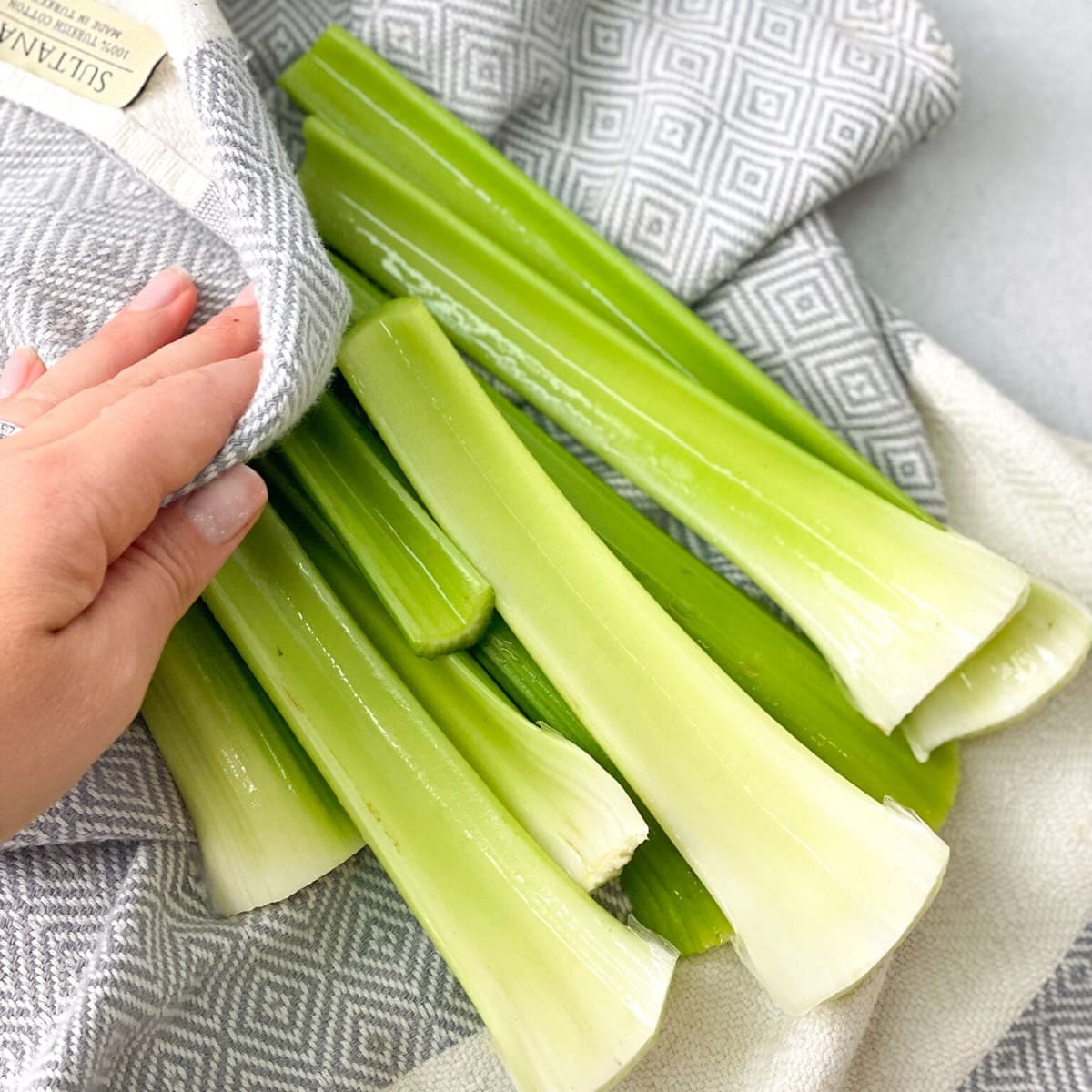
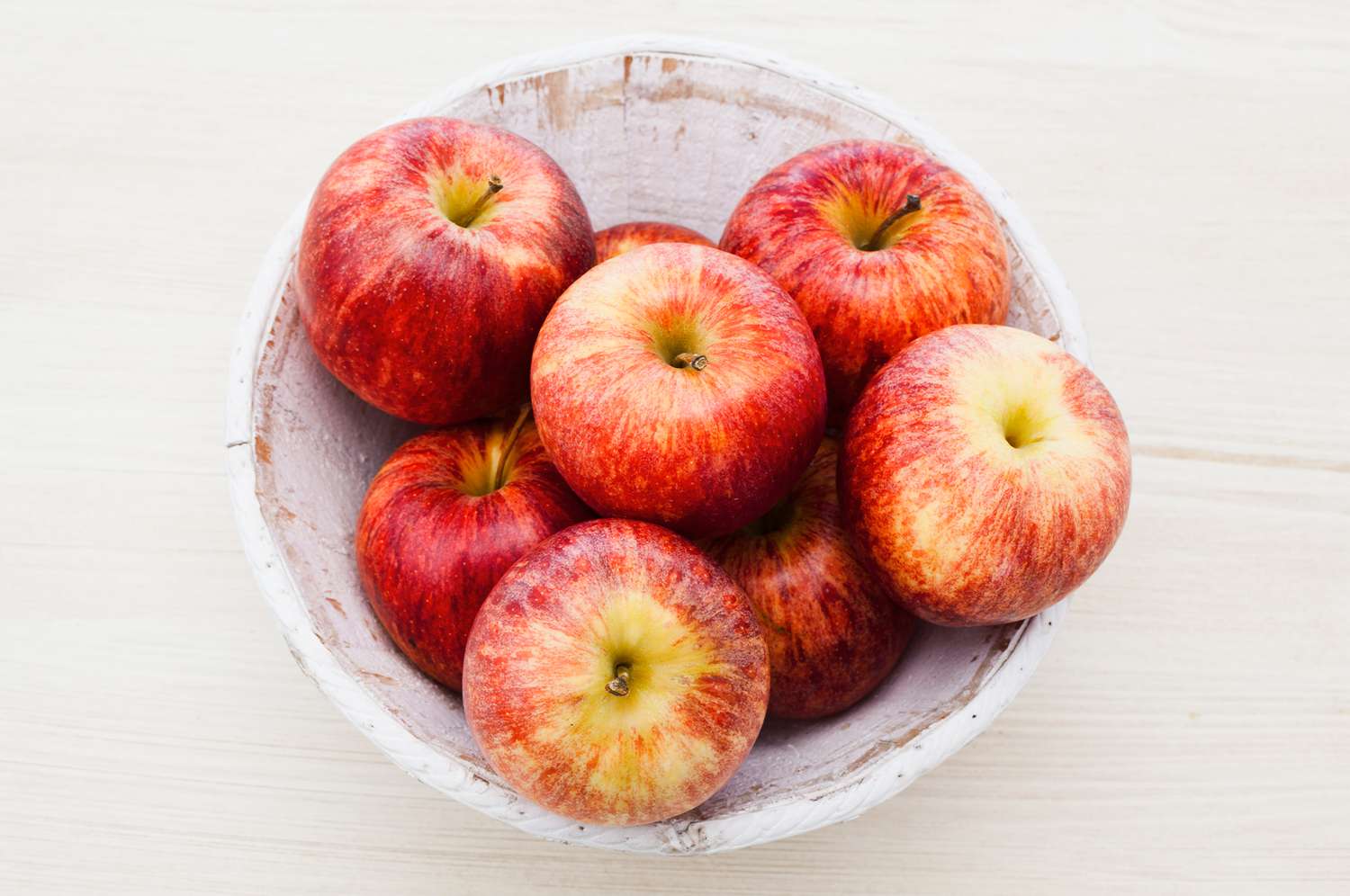
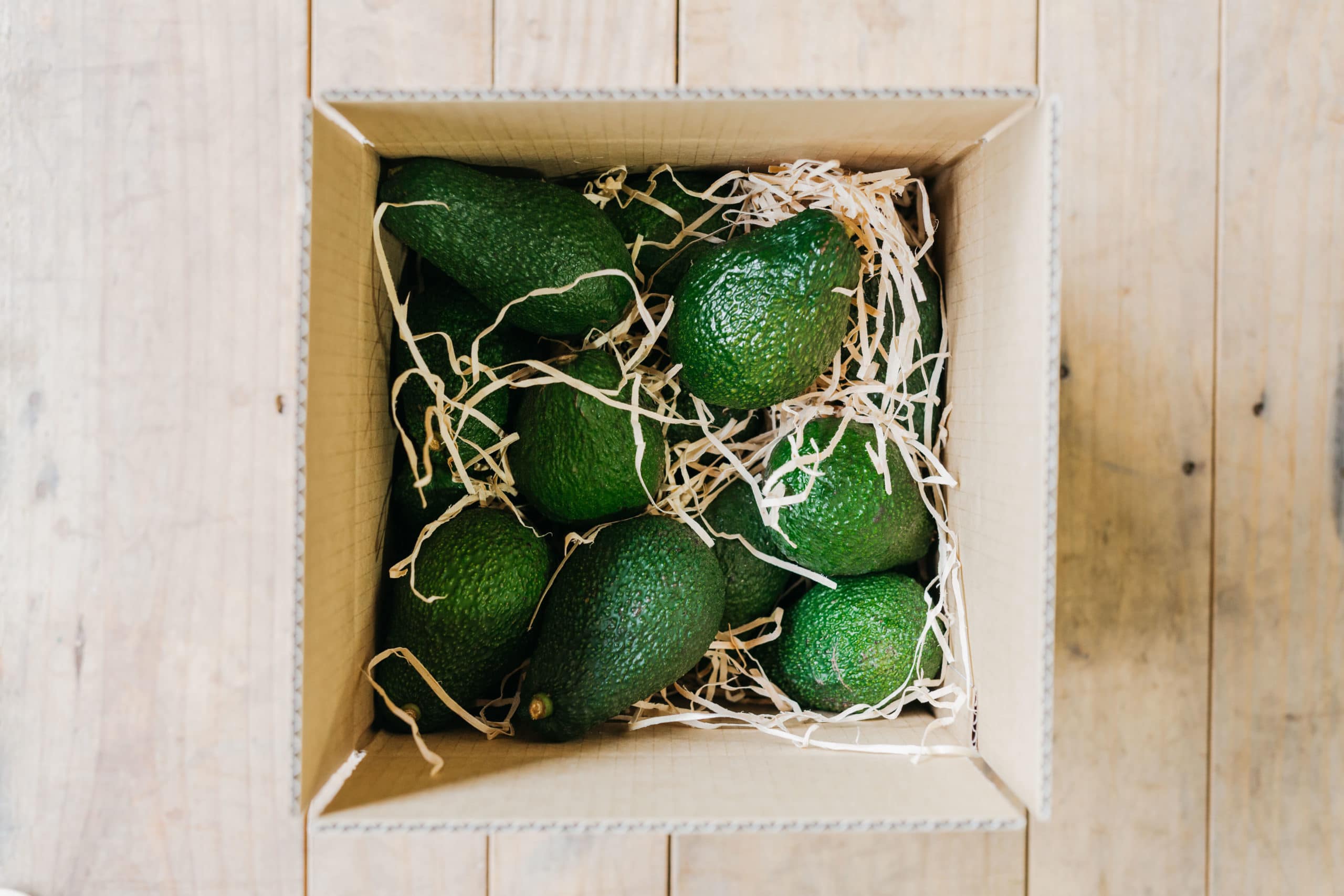
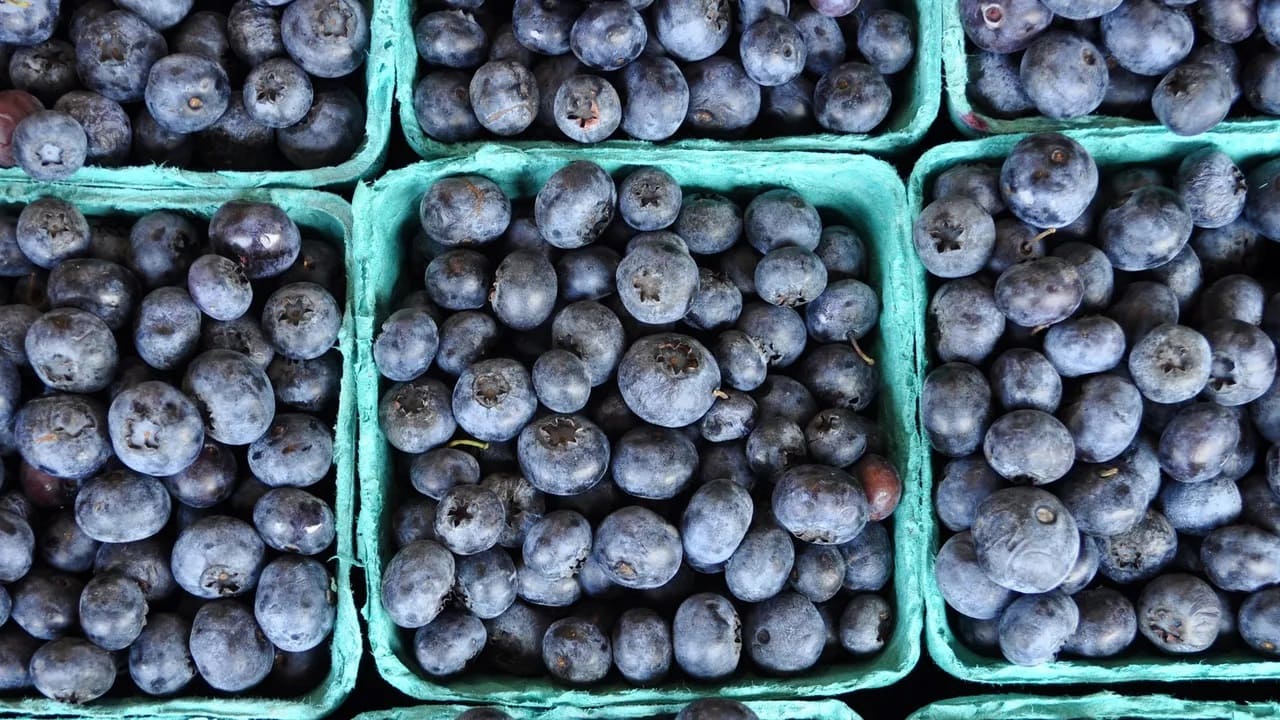
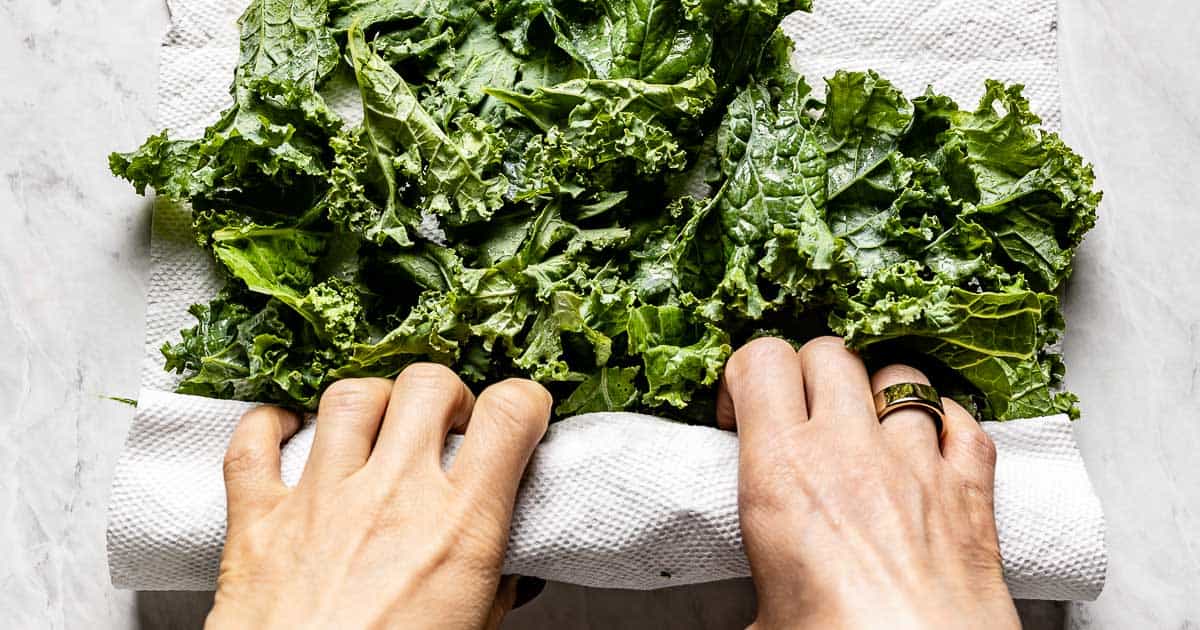
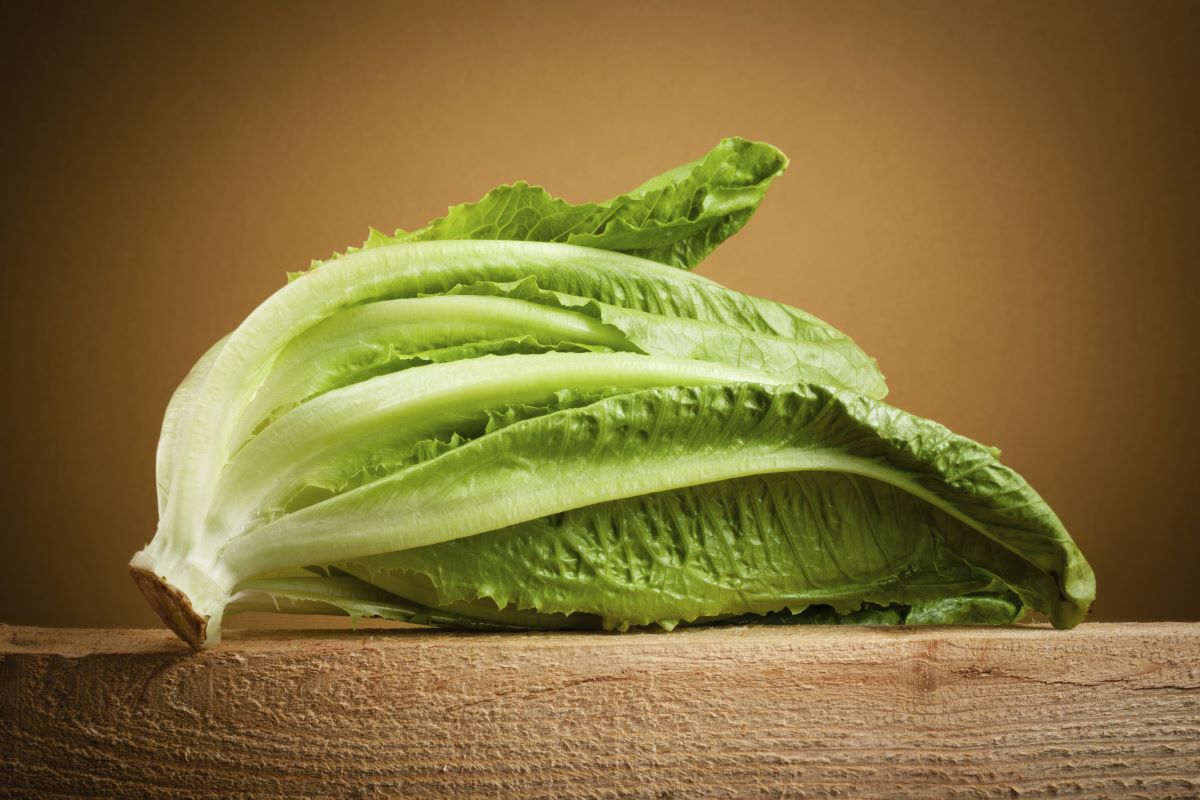
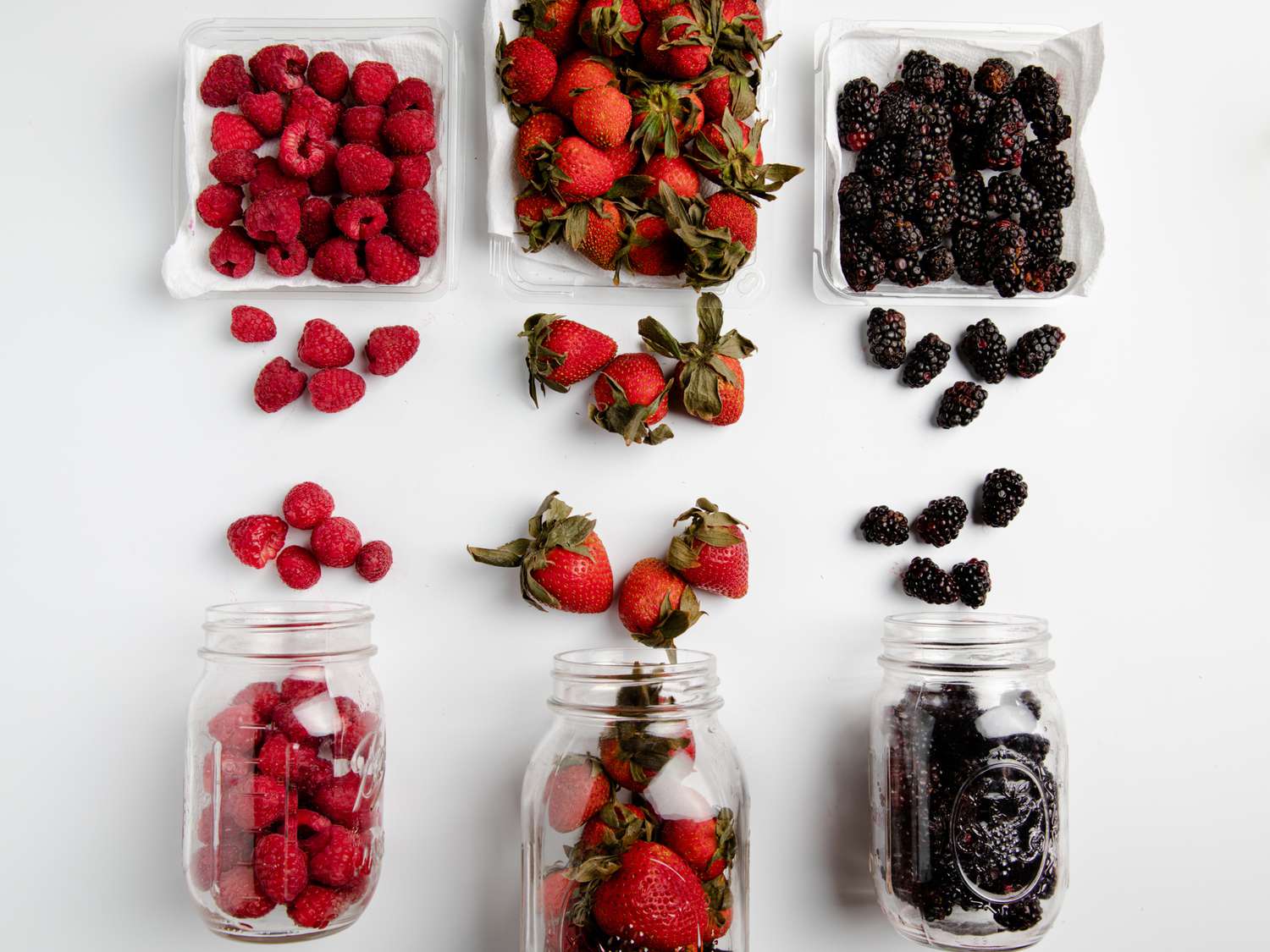

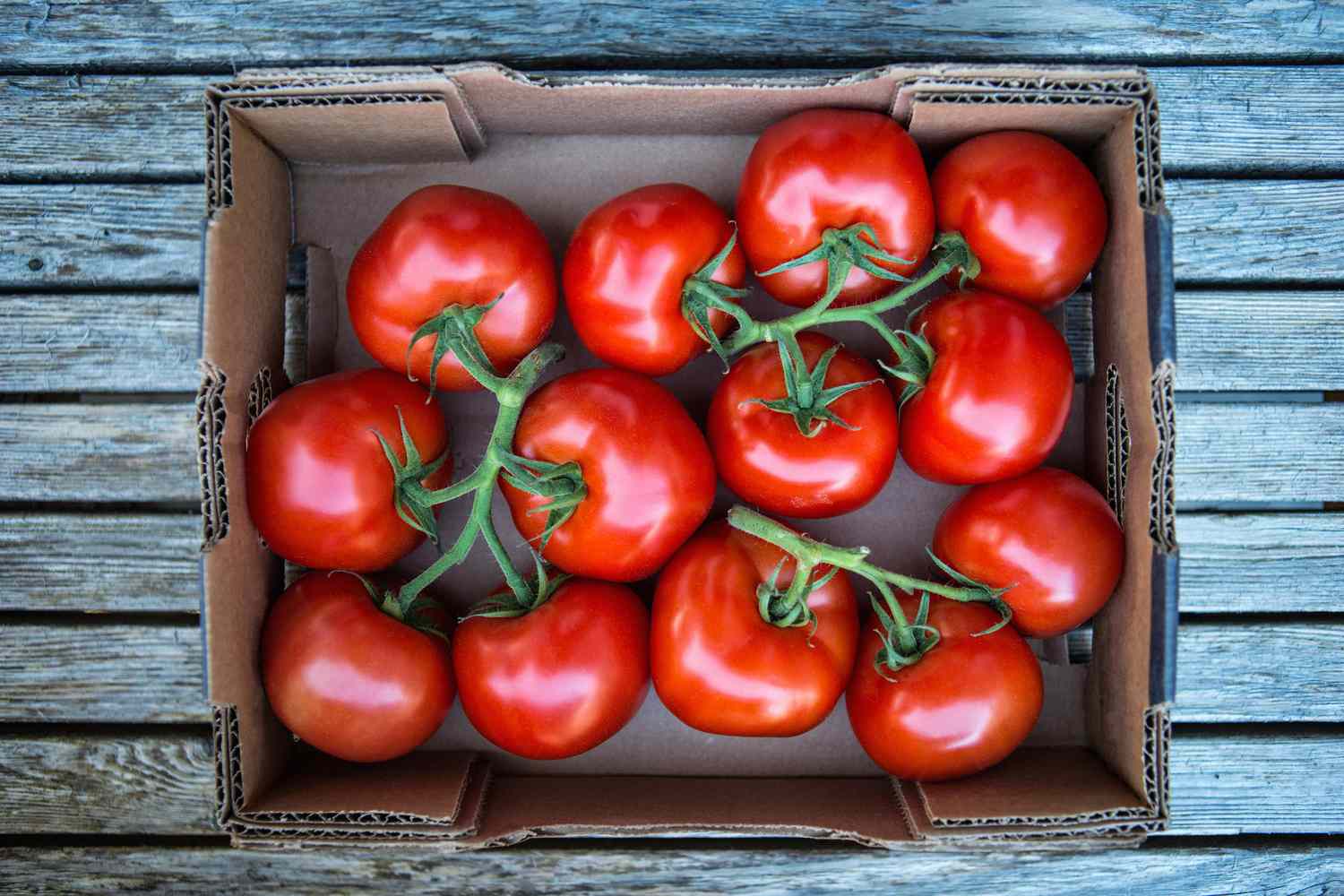
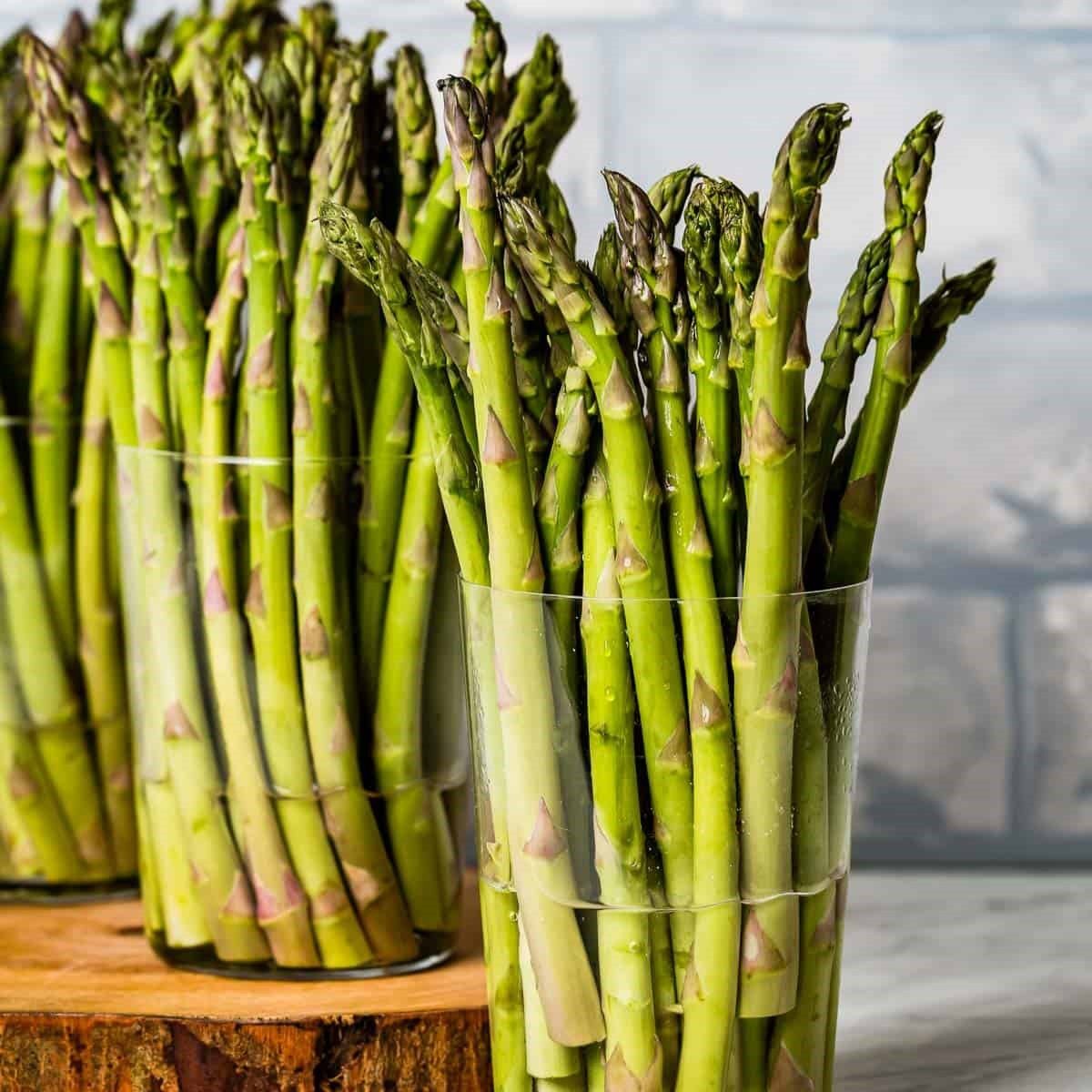
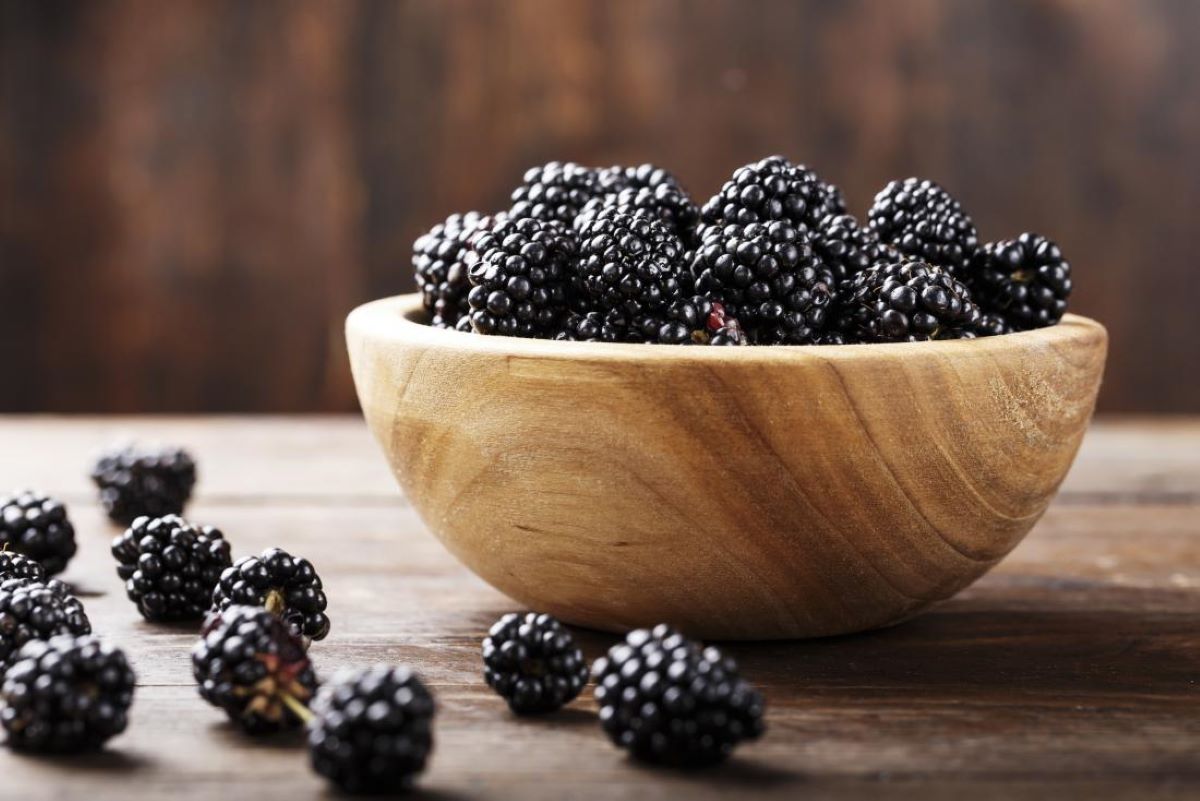
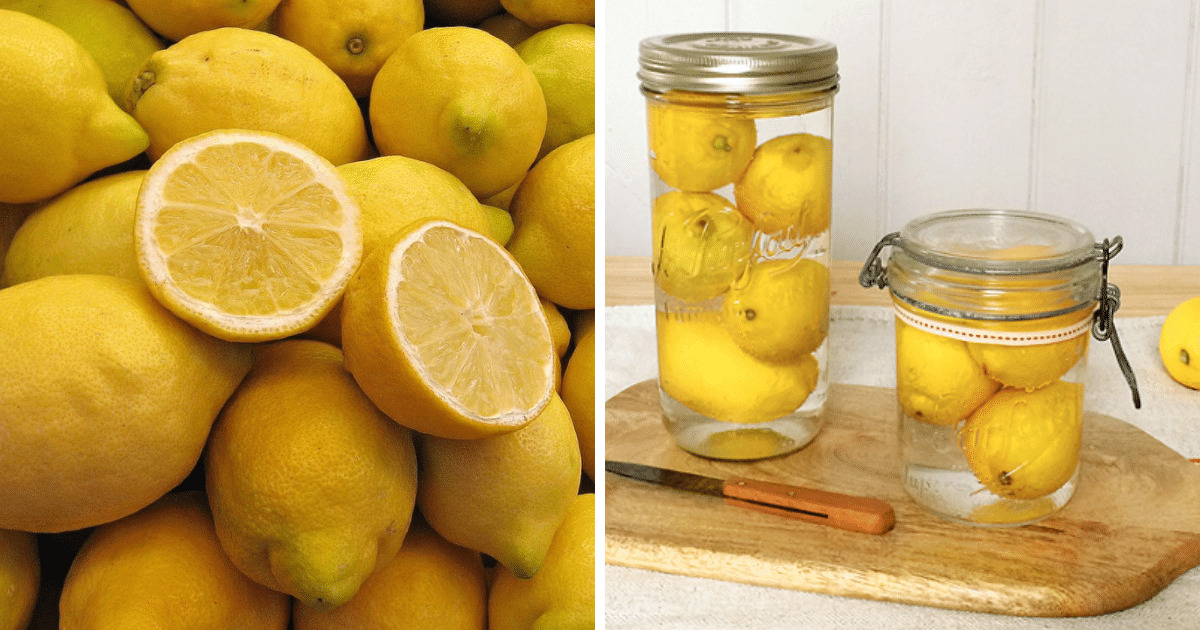

0 thoughts on “How To Store Peppers To Last Longer”